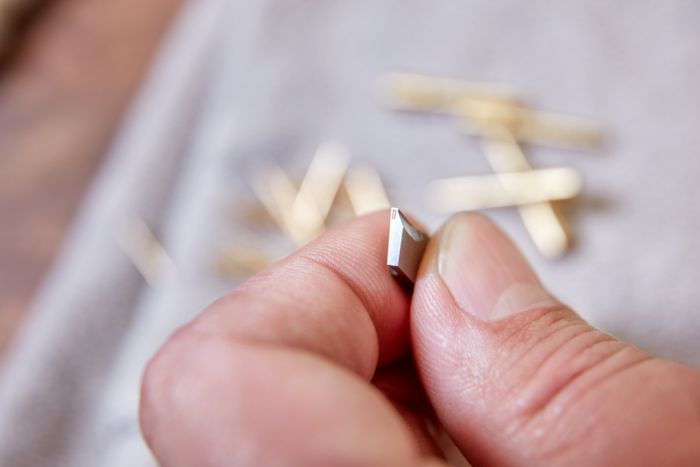
RoHS-compliant and lead-free are often considered to mean the same thing. But there is a significant difference here: RoHS-compliant parts are those that comply with the limits set out in the European Parliament’s RoHS directive.
The limit for lead in the directive is 0.1 percent. The currently applicable limit due to Exemption 6c is 4 percent. The designation “lead-free” already refers to the future limit value of 0.1 percent.







